Pickleball Vs Tennis
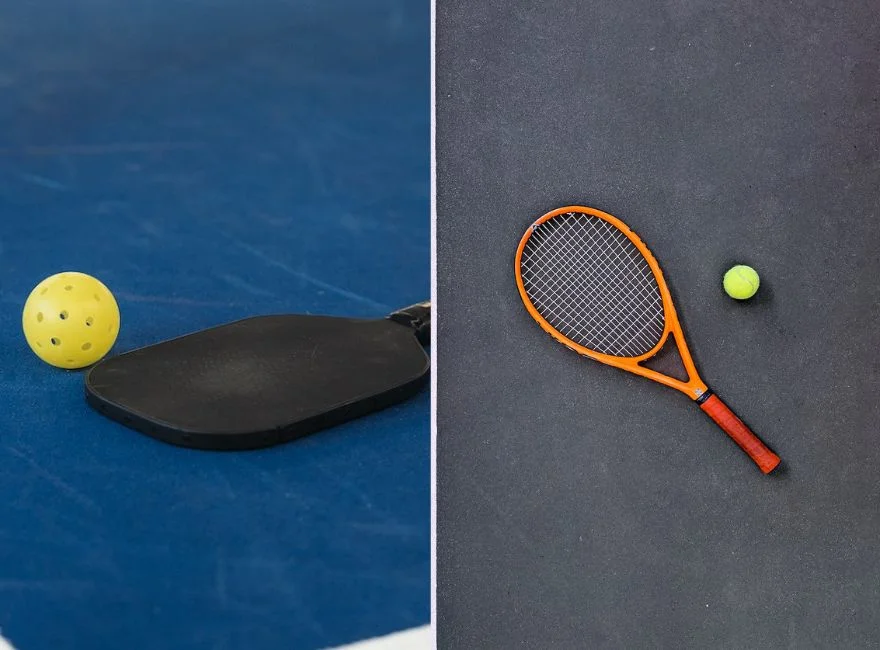
Welcome to our comprehensive comparison of Pickleball and Tennis, two popular racquet sports that have captivated athletes and enthusiasts around the world.
In this blog post, we’ll delve into the key similarities and differences between these two sports, helping you understand their unique characteristics and choose the one that best suits your interests and preferences. Whether you’re a seasoned athlete looking to try something new or a beginner seeking guidance on which sport to pursue, we’re here to provide valuable insights to inform your decision.
Origins and History

Tennis, with its origins dating back to medieval Europe, has a long and storied history as a prestigious sport played on grass, clay, and hard court surfaces. In contrast, Pickleball is a relatively modern creation, originating in the mid-20th century as a backyard pastime and evolving into a popular recreational activity.
While Tennis has a rich tradition steeped in elite competition and global recognition, Pickleball has quickly gained popularity for its accessibility and inclusivity among players of all ages and skill levels.
Court and Equipment
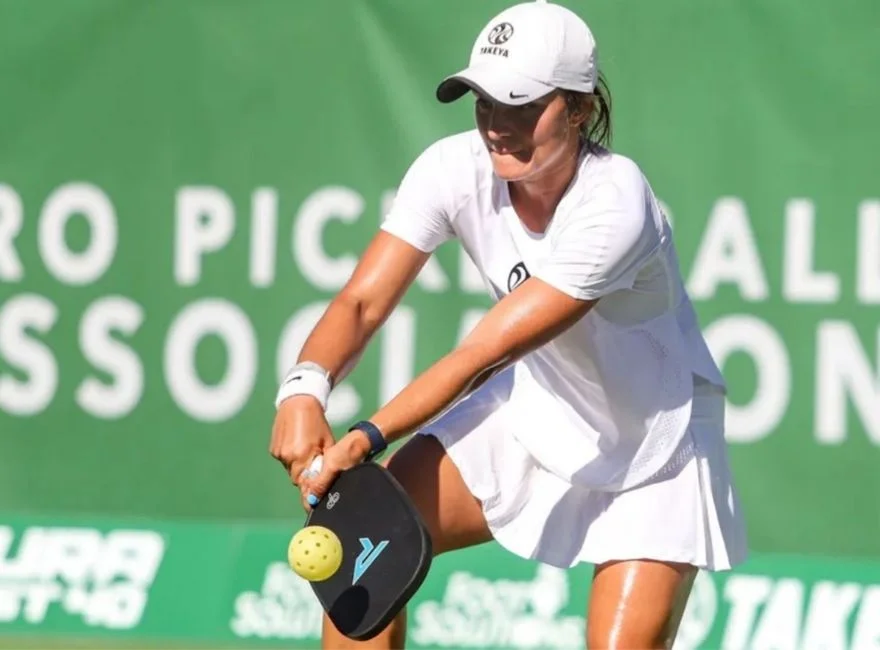
Tennis is typically played on a larger court with dimensions of 78 feet in length and 36 feet in width for singles matches, featuring surfaces such as grass, clay, or hard court. Pickleball courts, on the other hand, are smaller in size, measuring 44 feet in length and 20 feet in width, with a surface made of asphalt, concrete, or synthetic material.
The equipment used in Tennis includes larger racquets and heavier balls, while Pickleball utilizes smaller paddles and lightweight plastic balls with holes. Each sport has its own unique set of equipment tailored to its specific court dimensions and gameplay dynamics.
Gameplay Dynamics

Tennis employs a scoring system that consists of games, sets, and tiebreaks, with players serving from behind the baseline and rallying to win points by hitting the ball over the net and into the opponent’s court. Pickleball, on the other hand, utilizes a rally scoring system where points can be won on both the serving and receiving sides, and players rotate serving positions after each point.
While both sports require players to use racquets to hit a ball over a net, their gameplay dynamics, scoring systems, and strategies differ significantly, offering distinct experiences for participants.
Physical Demands and Fitness Benefits

Tennis and Pickleball offer distinct physical challenges and fitness benefits for players of all levels. Tennis demands a high level of cardiovascular endurance, agility, and explosive power, as players cover large distances on the court and engage in fast-paced rallies. The constant movement and quick reactions required in Tennis contribute to improved cardiovascular health, muscle tone, and overall fitness.
Pickleball, while less demanding in terms of endurance and speed compared to Tennis, still provides significant physical benefits. The shorter court dimensions and slower-paced rallies in Pickleball require players to make quick bursts of movement and maintain hand-eye coordination throughout the match. This combination of agility, coordination, and reflexes can enhance balance, flexibility, and reaction times, making Pickleball an excellent option for individuals looking to stay active and improve their fitness levels.
Both sports offer opportunities for players to develop their physical abilities and achieve their fitness goals, whether through regular practice sessions, competitive matches, or participation in organized leagues and tournaments. Whether you prefer the intense rallies and long matches of Tennis or the fast-paced action and social atmosphere of Pickleball, both sports offer a fun and rewarding way to stay fit and active.
Skill Development and Learning Curve
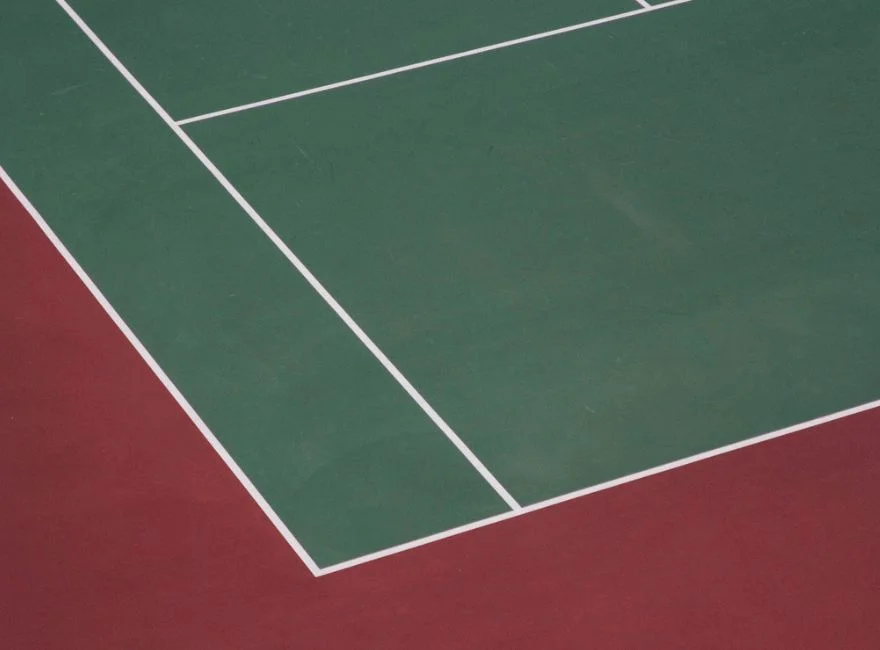
Mastering the skills required for success in Tennis and Pickleball requires time, dedication, and consistent practice. In Tennis, players must develop proficiency in a wide range of strokes, including forehands, backhands, volleys, and serves, as well as strategic thinking and court positioning. The learning curve for Tennis can be steep, particularly for beginners, but with patience and perseverance, players can gradually improve their technique and confidence on the court.
In Pickleball, players focus on mastering techniques such as dinks, volleys, and lobs, as well as understanding the nuances of the game, such as positioning at the kitchen line and executing effective shot placement. The smaller court dimensions and slower-paced rallies in Pickleball make it more accessible to beginners, with a shorter learning curve compared to Tennis. However, as players progress to higher levels of play, the strategic depth and skill requirements of Pickleball become more apparent, challenging players to refine their techniques and adapt their gameplay strategies.
Both Tennis and Pickleball offer opportunities for players to develop their skills and improve their performance through coaching, practice, and match experience. Whether you’re a beginner just starting out or an experienced player looking to take your game to the next level, both sports provide ample opportunities for growth and improvement, making them enjoyable and fulfilling pursuits for athletes of all ages and skill levels.
Accessibility and Community
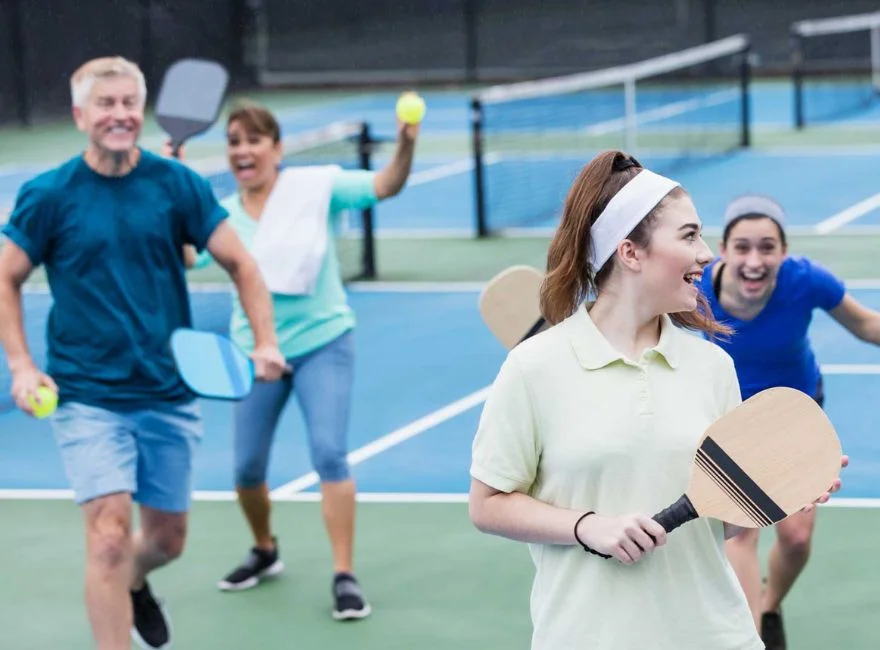
The accessibility of Tennis and Pickleball varies depending on factors such as court availability, equipment costs, and community engagement. Tennis facilities, including public parks, private clubs, and indoor tennis centers, are widely available in many communities, offering opportunities for players to access courts and participate in organized leagues and tournaments. However, the cost of equipment and court fees can be prohibitive for some individuals, limiting access to the sport.
In contrast, Pickleball has experienced rapid growth in recent years, with dedicated courts springing up in parks, community centers, and recreational facilities across the country. The smaller court dimensions and lower equipment costs make Pickleball more accessible to a wider range of players, including children, seniors, and individuals with disabilities. Additionally, the social aspect of Pickleball, with its emphasis on inclusivity and community engagement, has helped foster a strong sense of camaraderie among players, creating a welcoming and supportive environment for newcomers and experienced athletes alike.
Similarities between Pickleball and Tennis
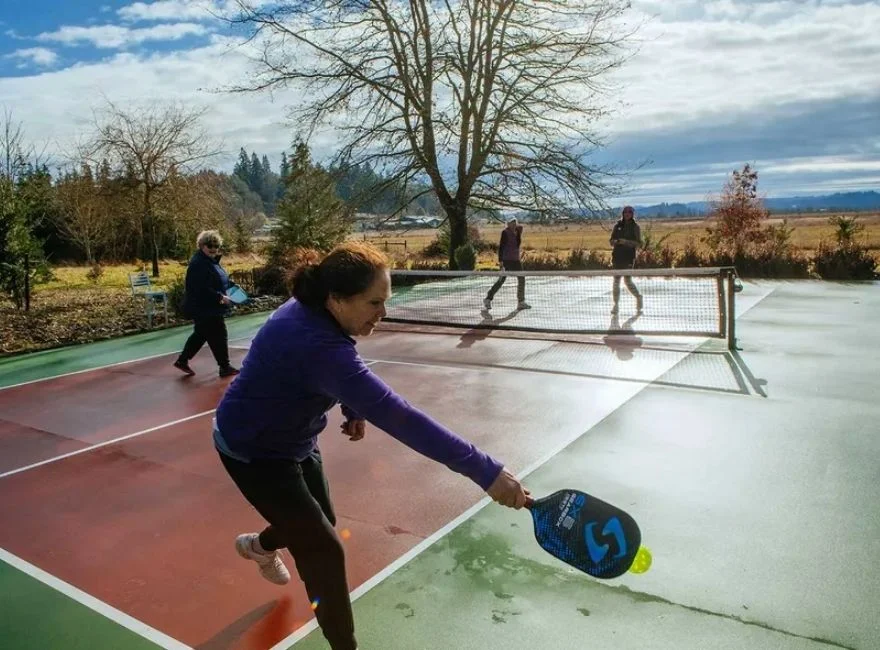
Both Pickleball and Tennis share fundamental similarities in their gameplay mechanics and strategic elements. At their core, both sports involve players using racquets to hit a ball over a net, with the objective of scoring points by landing the ball within the boundaries of the opponent’s court. This requires players to employ a combination of technical skill, agility, and strategic thinking to outmaneuver their opponents and win points. Additionally, both sports emphasize the importance of court positioning, shot placement, and effective communication, particularly in doubles play, where teamwork and coordination are essential for success.
Furthermore, both Pickleball and Tennis offer opportunities for players to develop their physical fitness, mental focus, and overall athleticism. Whether you’re sprinting to reach a cross-court shot in Tennis or executing a quick volley at the kitchen line in Pickleball, both sports require players to move explosively, react quickly, and maintain endurance throughout the match. Additionally, the mental aspect of the game, including concentration, decision-making, and resilience, plays a crucial role in both Pickleball and Tennis, as players must stay focused under pressure and adapt their strategies to counter their opponents’ tactics. Overall, while Pickleball and Tennis may have their differences, their shared principles of skill, strategy, and athleticism make them both exhilarating and rewarding sports to play.
Let’s sum it all up.
The comparison between Tennis and Pickleball reveals two distinct yet equally enjoyable racquet sports, each offering its own unique set of characteristics, challenges, and rewards. Whether you prefer the fast-paced action and intense rallies of Tennis or the smaller court dimensions and social atmosphere of Pickleball, both sports provide opportunities for players to stay fit, have fun, and connect with others in a supportive and inclusive environment. Ultimately, the choice between Tennis and Pickleball comes down to personal preferences, fitness goals, and availability of resources, but regardless of which sport you choose, both offer a fulfilling and enriching experience for athletes of all ages and skill levels.
